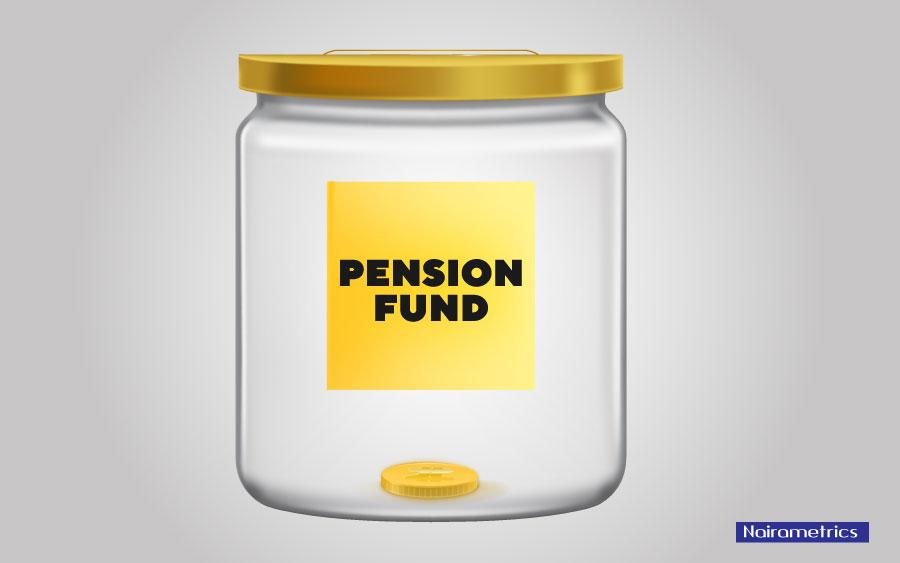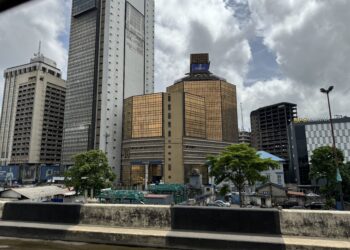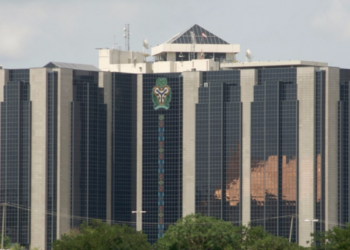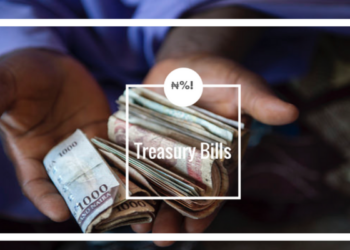In what looked like sayings from Nostradamus (the man who saw tomorrow), various media houses all over the world predicted that pension funds would be hit hard by COVID-19.
On April 1st 2020, Bloomberg news prophesied that pension funds would be hit. In like manner, the CBC News, Canada, noted on Mar 18, that public pensions take a hit from COVID-19 concerns.
UK’s Guardian news wrote on February 29th 2020, “British pensions set to take a hit from market tumble” and the Telegraph caped it up with a caption that read,” Pensions hit by “double whammy” of bank rate cuts and falling markets”.
READ ALSO: Nigeria’s pension contributors add N186.43 billion to pension asset
The same predictions were made by many other news outlets.
From the look of things, and going by the March 2019 edition of the Summary of Pension Fund Assets released by the National Pension Commission (PenCom), Nigeria, those predictions seem to have come true for the Nigerian pension fund industry.
According to the March 31st Summary of Pension Fund Assets, the total value of pension assets stood at N10.327 trillion, a reduction of N180 million or 1.71% when compared with the February 29th total value of N10.507 trillion.
The reduction came from sell-offs of pension fund investments in domestic ordinary shares and Treasury bills.
In the month of March actually, pension funds saw N200.4 million flowing out of the industry with only N20.28 million flowing in. Of the fund types, RSA fund (fund 2) was the hardest hit as it suffered most of the reductions in net asset value.
April Fool: The industry, however, made a quick recovery in April when the asset value increased by 2.42%, according to Summary of Pension Fund Assets of April 30th 2020.
READ ALSO: Nigerian Senate to review investment laws in supporting Nigeria’s capital market
With that increase, the total pension fund assets bounced back to N10.578 trillion, having increased by N250 million in net inflows. (N445m inflows and N195m outflows).
Almost all the outflows came from sell-off of Treasury bills, making treasury bill investment by pension fund managers decrease by 14.35%.
You will recall that in my last article, I pointed out that PFA’s fell out of love with Treasury bills in February 2020, that trend has continued unabated and has even intensified.
As with the March trend, most of the increase in fund assets was noticeable in the RSA fund (fund 2) which attracted much of the inflow in April.
READ ALSO: Pension contributors hit 8.5m, but statistics still show worrying signs
Fund 3 is increasing in popularity as it keeps gathering positive contributions month after month. It is now the second largest pension fund subcategory accounting for 25.8% of total pension fund assets.
Asset Allocation: It is not unusual in situations of extraordinarily low yield for pension fund managers to venture into more risky investments in search of yields. This, when it happens, could prove dangerous for the fund managers and the retirees whose risk tolerance may not match such asset classes.
A look at the composition of pension funds asset allocation, however, does not indicate that Nigerian pension fund managers are shifting into more risky assets as at yet.
As at April 30th 2020, 54.5% of pension assets are invested in FGN Bonds, while 14.3% is in Bank placements, and 10.7% is in Treasury Bills. Those are all low-risk assets that fall in line with the provisions of the Pension Act of 2014.
Conclusion: The speed with which the Nigerian pension fund asset value bounced back from the reduction in value it suffered in March is indicative of the fact that the industry may not take as much hit as predicted.
Besides, there is no indication that Nigerian pension managers are involved in asset reallocation to risky assets in an attempt to improve their return performance but there is need to watch out for any style shift that may increase the risk attributes of pension fund portfolio structure. We are watching.























